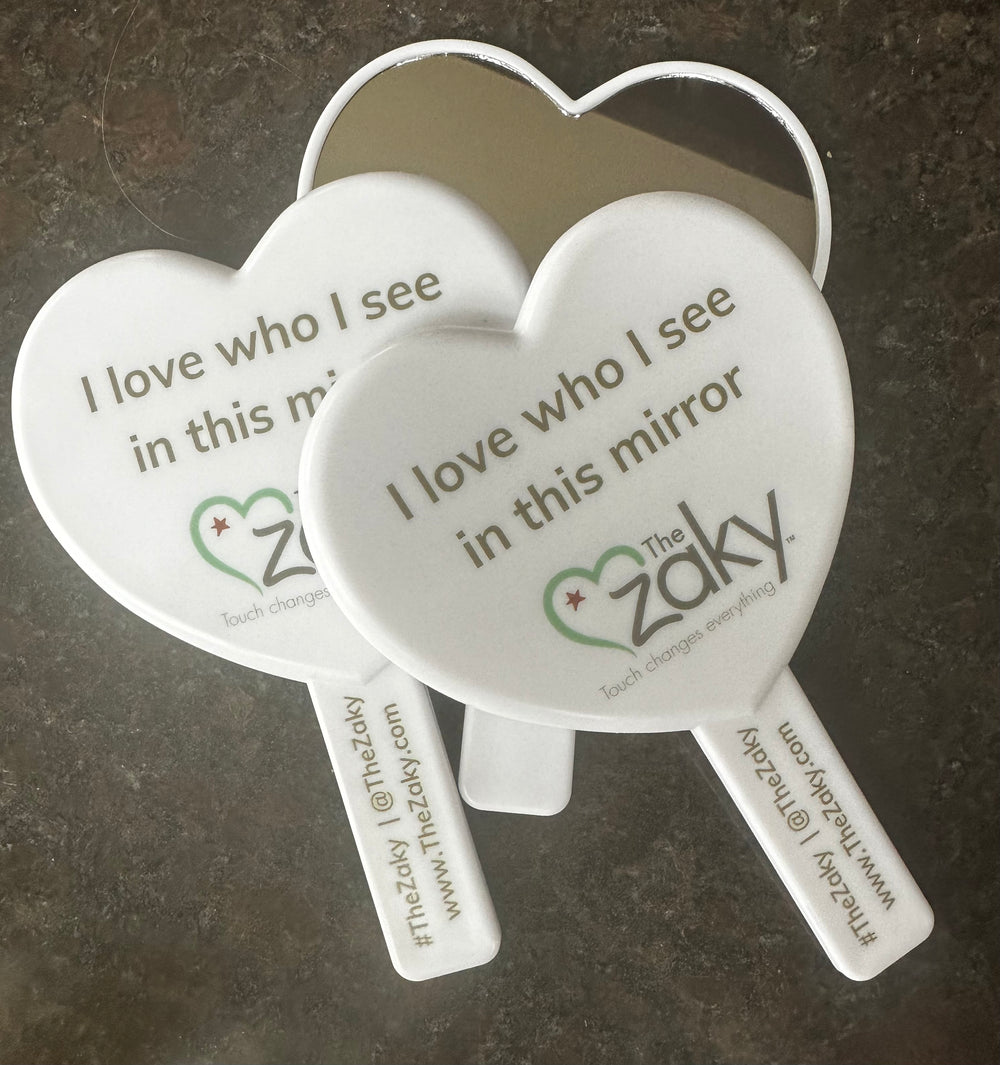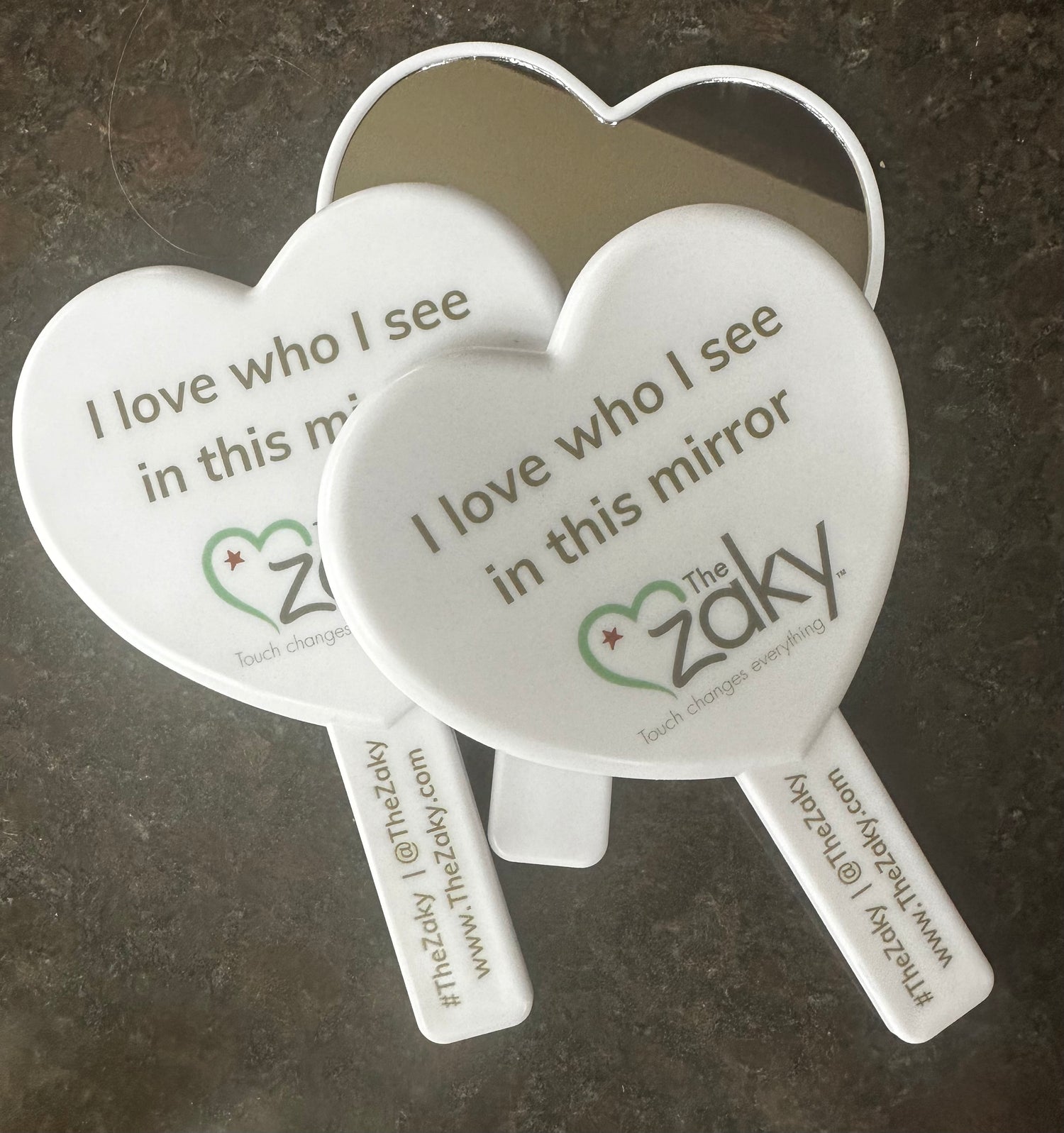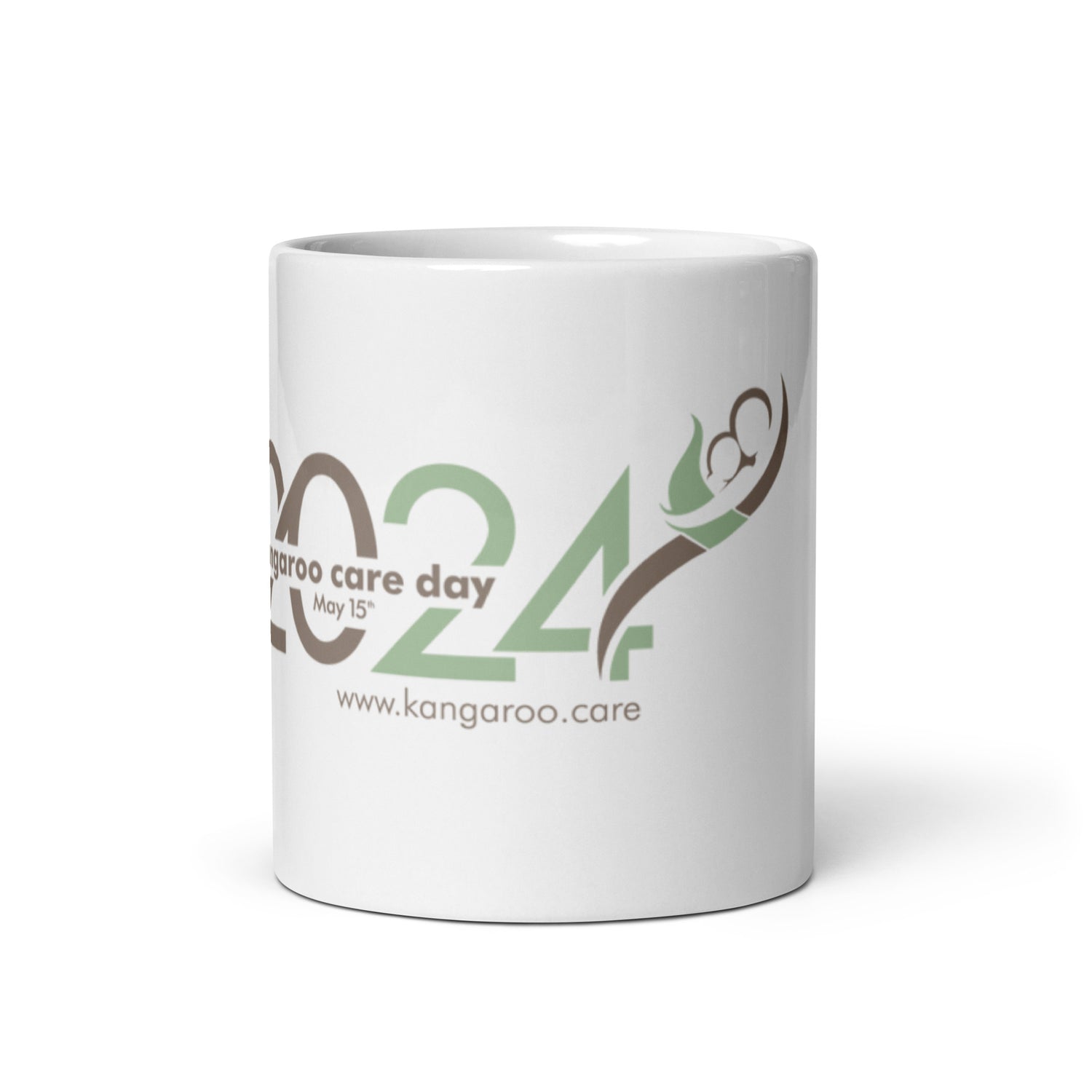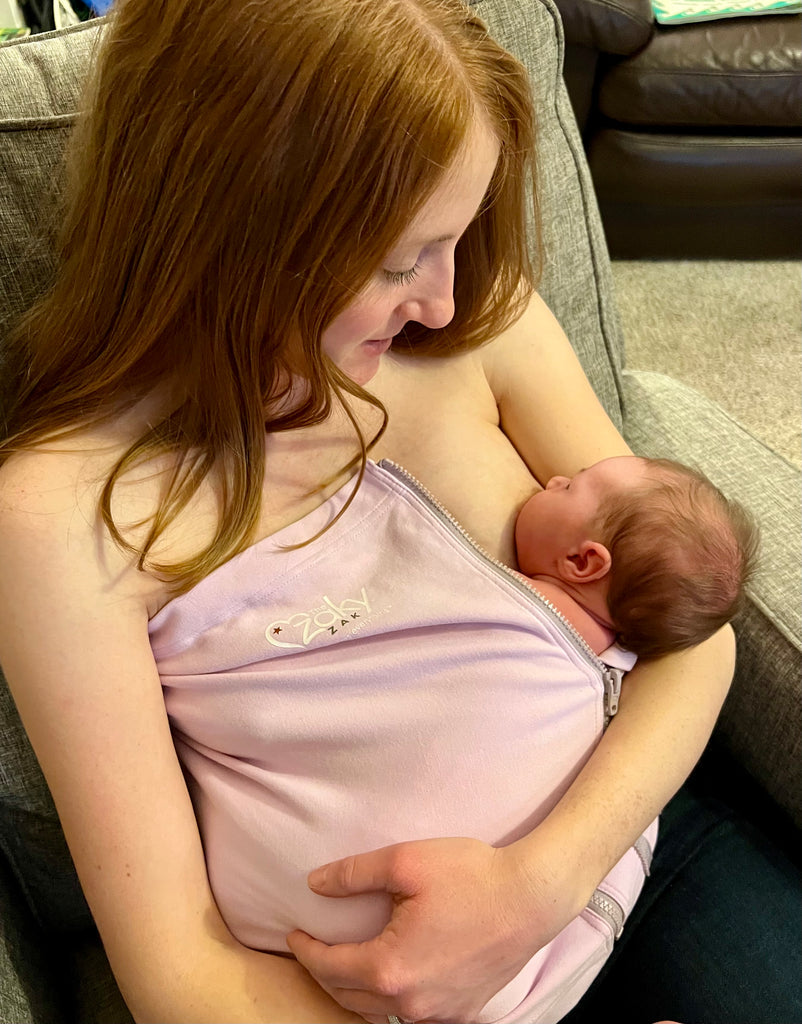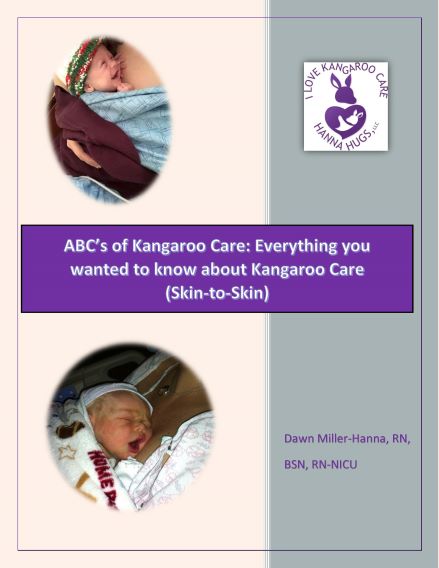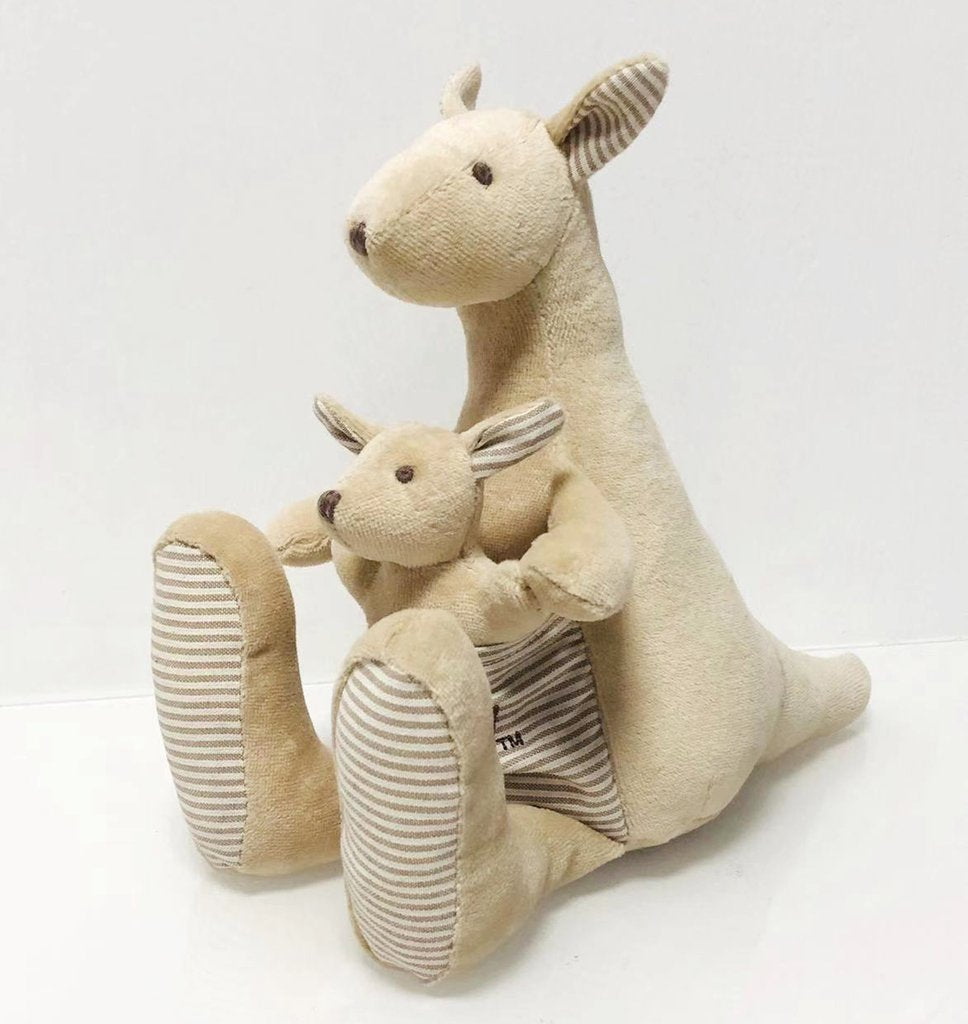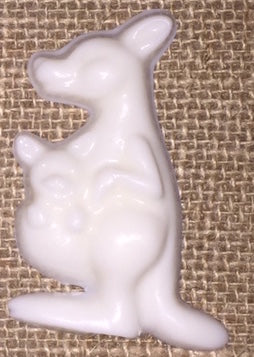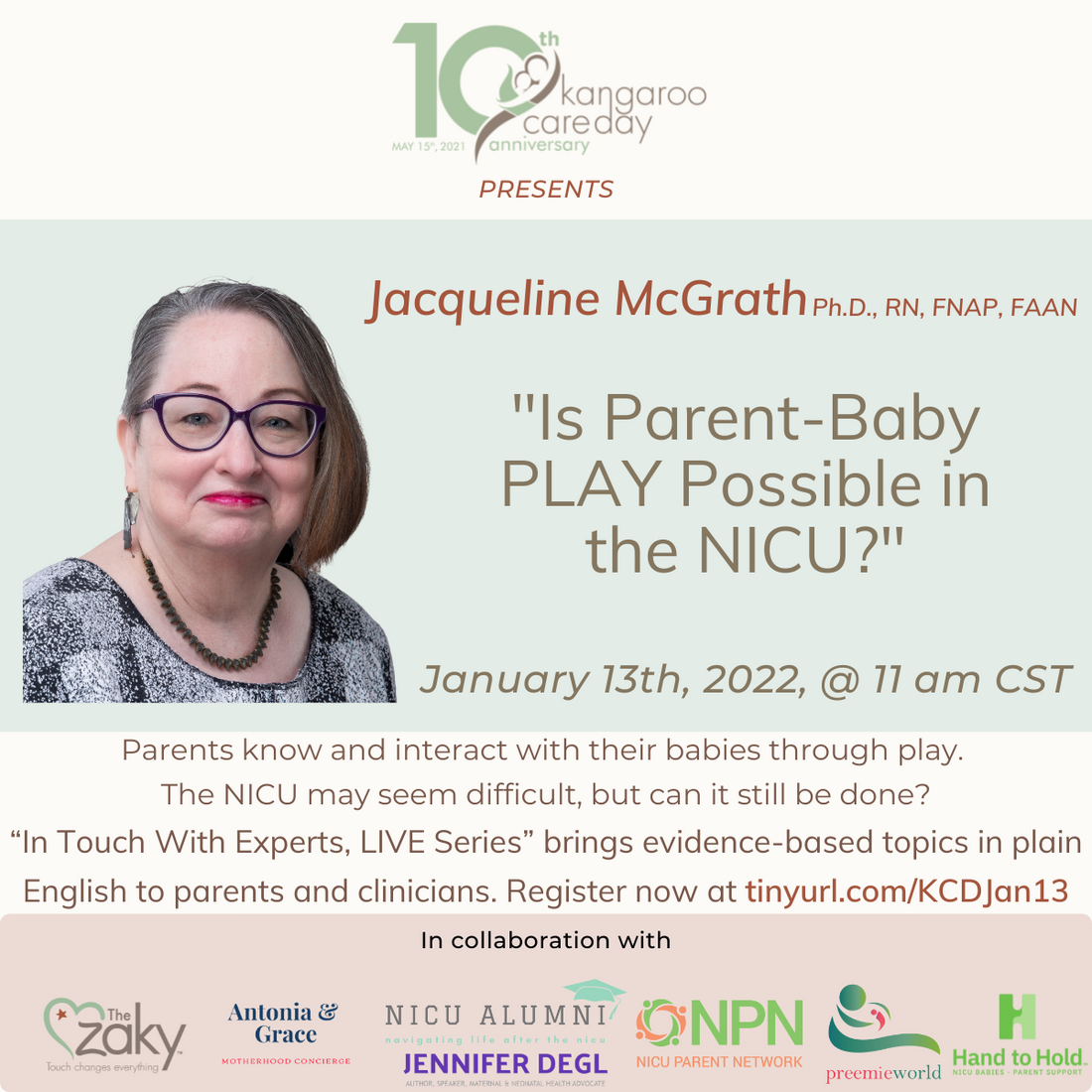Thank you for registering for "In Touch With Experts, LIVE" January edition. Find the description of the topic and Dr. McGrath’s bio at https://tinyurl.com/KCDJan13
Let's talk about evidence-based practice in plain English.
GUEST:
Our speaker is the highly accomplished, Dr. Jacqueline M. McGrath.
TOPIC:
"Is Parent-Baby PLAY Possible in the NICU?"
RESOURCES:
BOOK: Print date is 2/01/2022 (I don’t have the ISBN # yet)
Kenner, C., & McGrath, J. M. (Eds). (2022, in press). Developmental Care of Newborns and Infants: A Guide for Health Professionals (3rd ed.). National Association of Neonatal Nurses. Philadelphia: Lippincott.
- "STATE-OF-THE-ART The neonatal intensive parenting unit: an introduction" SL Hall, MT Hynan, R Phillips, S Lassen, JW Craig, E Goyer, RF Hatfield, and H Cohen
- "Why do we hunger for touch? The impact of daily gentle touch stimulation on maternal-infant physiological and behavioral regulation and resilience" by Martine Van Puyvelde et al.
- "Why play equals learning: Comparison as a learning mechanism in play" by Stella Christie
- "Massage intervention for preterm infants by their mothers: A randomized controlled trial" by Xiaoning Zhang, Jun Wang
- Copy of the presentation will be available after the session.
FEBRUARY 09, 2022 "IN TOUCH WITH EXPERTS" SESSION:
Mary Coughlin will be our guest and her session is “Where is the love; getting to the heart of trauma informed care”
February 9th, 2022 at 11am CST
Handout – Recommendations for Implementation of PLAY
- During touch and/or massage the caregiver is mentally and emotionally engaged with each infant in his/her care, continually guided by the behavior of the infant.
- The caregiver makes ongoing judgments about the necessity of interventions for each infant and makes collaborative decisions to delay or eliminate interventions that may create unnecessary stress.
- If an infant has difficulty remaining stable and organized in spite of the caregiver’s careful handling, the caregiver slows down or stops, helping the infant recover completely, and reconsiders his/her approach before continuing.
- The healthcare provider stays with the infant and supports a smooth transition back to restful sleep before stepping away from the bedside after touching or handling the infant.
- Help the parents to respond to the infant’s physiological needs before considering touch or skin-to-skin: Is the infant hungry or tired? Consider the infant’s sleep/wake cycle.
- Decrease extraneous visual or auditory stimuli before beginning the session.
- Assess infant’s readiness and reactivity. Are they in a state where they are easily over-stimulated?
- Has the infant had a stressful day and touch needs to be considered at a different time or day? Consider infant state before handling.
- Place the infant in a comfortable position prior to beginning touch.
- Fragile or ill preterm infants can be potentially hypersensitive to tactile input so proceed cautiously.
- Check in with parent. Are they relaxed? Stressed? Infants will respond to these emotions.
- Use a unimodal approach to begin with, sensory processing can be limited in the preterm infant progress to multi-modal as the infant demonstrates increase tolerance for touch and handling.
- Offer comforting pressure by laying the relaxed hand on the child’s forehead or abdomen, or other part while waiting for the infant to become less distressed.
- Provide swaddling for natural warmth especially if the infant is fragile or easily over-stimulated.
- Initial reactivity to touch is common among sensitive infants proceed slowly.
- Touch should begin gradually and be rhythmical in nature.
- Duration of the touch should depend on the infant’s cues, responses and developmental maturity.
- Re-assess the infant with each movement.
- Talk to the infant using a predictable approach but watch for tolerance.
- If the infant seems distressed, consider decreasing or increasing the pressure being used during touch.
- If the infant seems distressed change the location of the tactile input, consider going back to a location that has been comfortable for the infant in the past.
- Use different type of stroke such as long sweeping strokes instead of wringing motions, avoid light stroking this can be irritating to the infant.
- Discontinue the massage and use an alternative calming technique, such as vestibular input (slow rocking), proprioceptive input, or rhythmical music if the infant is distressed.
- Provide skin to skin holding (kangaroo care) for the preterm infant who is fragile and easily overstimulated.
- If the infant has high tone consider firm, soft, gentle movement; clockwise for relaxation.
- Discontinue touch until a later time if the infant becomes distressed or unstable.
- Tactile stimulation such as touch should not be just another task but should be administered when and if the infant’s cue are indicative of the infant’s availability for stimulation.
- After touch make sure the infant is repositioned and supported, assess organization of the infant, continue to reassess for delayed reactivity to the stimulation.
Emails:
Guest: Dr. Jacqueline McGrath: mcgrathj@uthscsa.edu
Moderators:
Yamile Jackson: yamile@thezaky.com
and Marie Boone-Clark Marie@AntoniaandGrace.com
Questions? Contact Us or email info@kangaroo.care
Leave your comments below.
